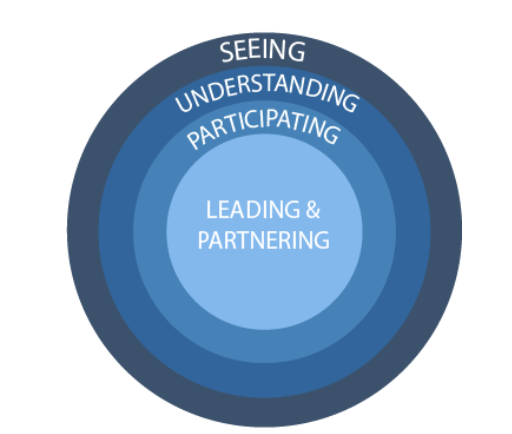5 things that every Committee is doing to develop community
The broad definition of a YOUNG LIFE ALUMNI is ‘anyone who has ever participated or engaged YL locally.’ That means just about everybody! We are NOT talking about thousands of people, but rather millions of individuals over 80+ years. That’s really good news!
So you may ask, “Does that mean …
“...Junior high kids?” YEP!
“...Somebody that went to summer camp?” FOR SURE!
“...Somebody who serves on a committee or a board?” DUH!
“...Someone who was on staff?” OF COURSE!
“...Someone who has donated once or faithfully over decades?” ABSOLUTELY!
Recently, we rediscovered the phrase ‘Friends for Life' (Thanks, Mal McSwain) when highlighting the lifelong impact relationships have on a person or community. Here’s the really great news --> YOU engage alumni! Committees, Volunteers, Young Life Staff, and Mission communities participate for years! It is part of our DNA.
Take a minute and read the five key areas of emphasis that every YL area shares when engaging their alumni. All five are included in the local area’s leadership role. Several we are actively doing, and several need improvement. Bottom line: a focus on the shortlist below, will gain volunteers, greater vision, richer community, and adequate funding, and more adolescents will hear about God’s love for them.
HIGH SCHOOL GRADUATE CAMPAIGN: Keep track of students involved in local junior high, high school, and college programs. A Committee member is perfect for this role. Make sure you stay in contact with them consistently as well as encourage them in their faith wherever their next phase in life will take them. For questions and tips contact Kelianne Gros Louis.
COMMUNITY DEVELOPER: A coveted Committee role is ‘social chair or community developer’. Have someone on your local committee or board tasked to think through the engagement of your community. Even better, form a subcommittee that is responsible for executing simple YL events and ‘hangouts’ during the year. if you want to be a part of a cohort developing this role, email Emily Lewis to find out more.
SERVE YOUR CHURCH: One of the best ways to engage the people in your community with previous YL involvement is committing to your faith community. Young Life people tend to find one another and Church proves to be a great place to start. Pro tip: Wearing a YL T-shirt when appropriate never hurts.
GATHERINGS: Social hours, house concerts, New Year's Eve parties, camp reunions, Fourth of July picnics, are just some of the ideas that serve as an excuse to come together. They are proven ways for bringing the larger, YL family together. When YL is the common thread, great things happen. If you have successful ideas or best practices to share, we would love to hear them. Contact Tank.
ADULT ENGAGEMENT STRATEGY: Every Young Life area in the United States submits a plan for engaging adults and families. Internationally, we do the same within the international context. Family camp weekends or trips to Trail West are transformative experiences for Parents and families that change generations. Your local Regional office strategically thinks through the adult guest process also. Check out our article on the Adult guest strategy in this issue of 5 for Friday (October, 2022).
We know they are simple; they’re just five things. One for each finger on one hand and you are already engaged. It’s comprehensive too. You have a plan to stay connected to students that are currently involved as well as adults who have been involved in the past - your whole community. The above list includes disciplines executed on the volunteer committee level and when faithfully executed throughout years, your local area becomes healthier.
An exercise: Print this article and take 15 minutes to discuss and grade your performance as a group at your next Committee meeting. When you are done, plan 2-3 next steps for the coming year.
-Ken B Tank. YL Community Networks








